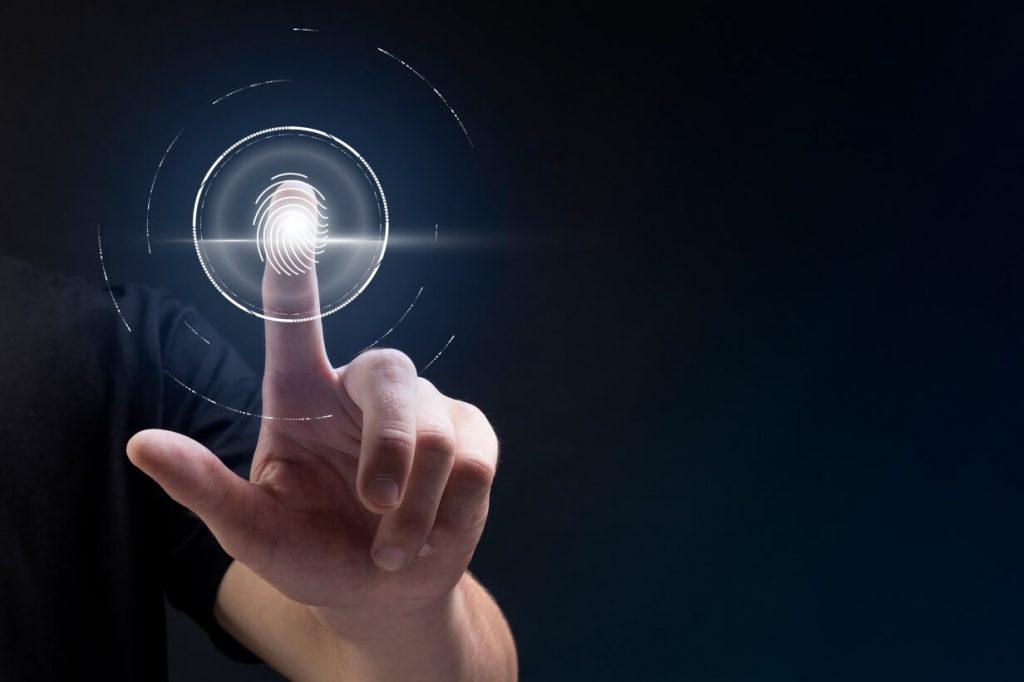
Biometric technology is increasingly becoming ingrained in people’s daily lives worldwide. Many of us use biometric authentication regularly due to mobile device integration. Medicine, finance, marketing research, and various other industries that require personal identity will all benefit from biometric trends in the future.
Biometric Security in The Future
A lot of biometric services are now being developed and tested. However, these biometric technologies will be widely used in a few years. Plastic cards will soon become obsolete, and fingerprint scans will become standard practice. The public perception of biometrics appears to be a concern. You have fingers, eyes, and a face, as everyone knows. On the other hand, open biometric data is only the tip of the iceberg. Experiments on every potential trait are underway, from monitoring your heart rate to implanting chips under your skin to inspecting ophthalmic veins, the list goes on.
Simplicity is going to be the key to biometric security in the future. The simplest technique to provide a high level of protection is to improve modern methods. You can, for example, scan a 3D image of a fingerprint and examine every detail.
Biometric identification technologies are evolving rapidly, and it is challenging to predict what they will look like in a few years. One thing can be assumed with certainty: passwords that are difficult to use, modify, and remember will stay a thing of the past.
Biometric Technology’s Most Recent Advances:
Tools for Verification
In the usage of authenticating devices, there are two main biometric trends. The first trend is multimodal biometric authentication, in which numerous biometric technologies are employed simultaneously rather than just one. Using a personal device as a biometric access token is the second option. A camera and a microphone are standard features on all current smartphones. Many include a fingerprint scanner; for example, Samsung’s flagship device has an iris scanner.
Single Sign-On Biometric Services
Biometric single sign-on technology allows users to access all authorised IT resources and systems with a single identification. The user needs to submit authentication data by doing the actions that correspond to the techniques used: placing their finger on the reader, passing through facial recognition, or saying a key phrase that will be selected by voice.
Voice and Facial Recognition
Face recognition technology is rapidly evolving. Mobile phone authentication and identity definitions in congested locations are the primary trends for 2021.
The integration of voice control devices into automobiles is one of the most recent biometric advancements in speech recognition. Such devices will use a human voice to manage most of the car’s functions, removing the need for buttons, knobs, and switches.
Technologies for Mobile Biometrics
Biometric device development trends point to a large reduction in this device and improved simplicity of use. The active use of smartphones with pre-installed sensors is connected with the growth of the mobile biometrics market segment.
At the same time, biometric characteristics will be utilised for authentication not only to unlock mobile devices but also to organise multi-factor authentication and quick confirmation of electronic payments.
Biometric Solutions Based On the Cloud
Biometric identification is progressing at the same time that cloud services are progressing. Modern technical solutions attempt to integrate many parts into sophisticated solutions that meet all of the client’s needs, not only those related to physical security. As a result, merging cloud services with biometrics as part of multi-factor authentication devices is a step that is both timely and forward-looking.
 Twitter
Twitter



